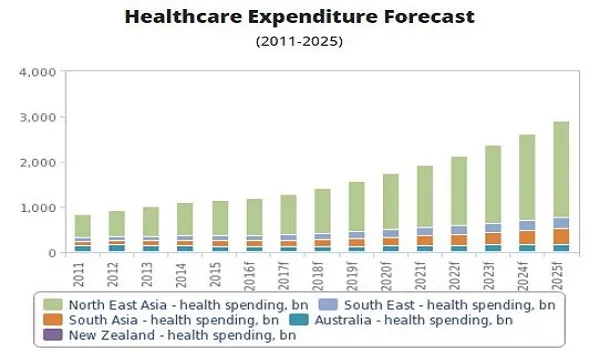
Chart of the Week: Check out how healthcare spending is expected to boom
It’s expected to rise by 7.7% by 2020.
Another year greets both independent states and healthcare providers with an almost guaranteed increase in spending, as chronic diseases become more rife and as the population inevitably ages.
According to a report by BMI Research, Asia Pacific's USD1,583bn/EUR1,428bn healthcare market is forecasted to post a 7.7% CAGR through to 2020.
“The USD121bn/EUR109bn South Asia market will see significant growth (12.4% CAGR through to 2020), ahead of the USD106bn/EUR96bn South East Asia market (8.7% CAGR through to 2020). The USD1,214bn/ EUR1.0bn East Asia market is also expected to be a key driver of growth in the region while the USD150bn/EUR126bn Australia and New Zealand market is poised to see modest growth (4.1% CAGR through to 2020),” BMI Research said.
BMI Research noted that the expansion of universal healthcare across the region will boost utilisation of medical services even as the prevalence of chronic diseases rise in tandem with the shift in lifestyles and an ageing population.
Consequently, BMI Research said private healthcare providers will be highly active, expanding their presence and undertaking measures to attract medical tourists within Asia.
“In addition, several markets have implemented or intend to roll out universal healthcare which will alleviate financial barriers to medical services and increase utilisation rates. This in turn incentivises greater private healthcare providers to be more active, establishing clinics or hospitals in Asia and participate in the medical tourism industry,” BMI Research added.


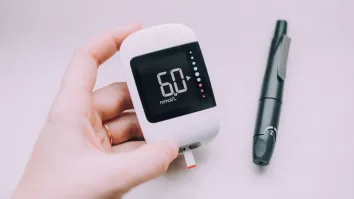

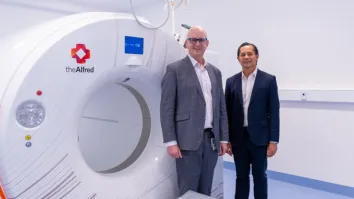
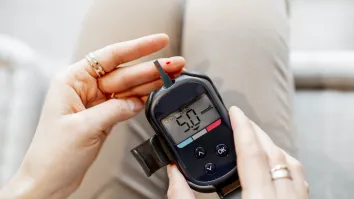
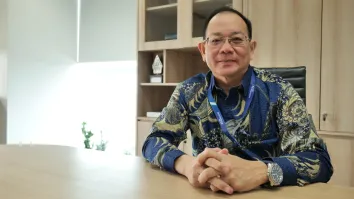


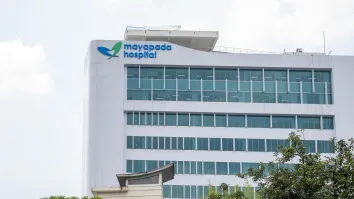

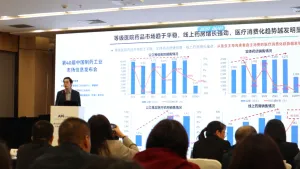
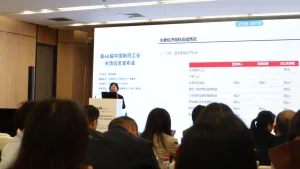




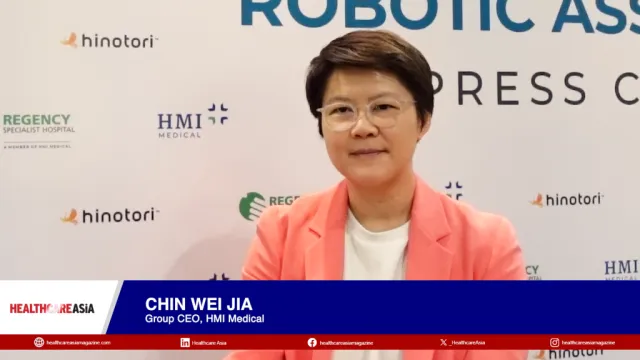

 Advertise
Advertise






